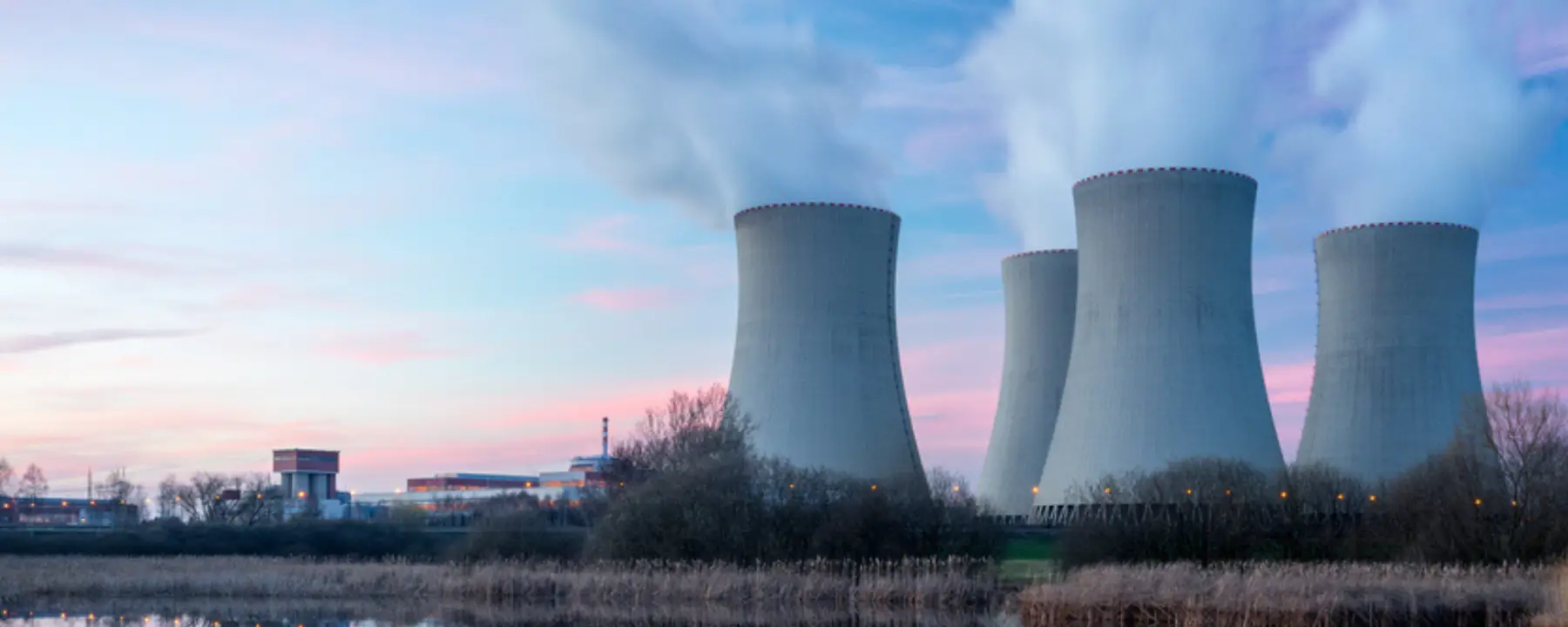Objective
To enhance and automate Bruce Power’s environmental monitoring capabilities. Specifically, the Bruce Nuclear Generating Station located on the eastern shore of Lake Huron in Ontario, Canada wanted a capability to assess radiological conditions quickly and confidently in the vicinity of its nuclear power plant.
Approach
RTI International partnered with consulting firm ScottMadden to assist Bruce Power in upgrading its radiological monitoring network and transition to the Nu-PathNET® radiological emergency response and exercise software, recognized by the International Atomic Energy Agency (IAEA) as a Good Practice at Bruce Power.
Impact
Nu-PathNET provides real-time monitoring of radiological conditions at Bruce Power’s nuclear facility by collecting and analyzing data every 15 minutes from stationary sensors. This centralized platform offers more data points than ever before, reducing manual monitoring, enabling faster and more targeted field deployments, and supporting confident, timely emergency response actions. By strengthening nuclear emergency response plans, Nu-PathNET builds trust and enhances public safety.
Global Commitment to Strengthening Nuclear Emergency Response
On March 11, 2011, Japan was struck by a massive earthquake, which initiated a tsunami that inundated a large portion of the east coast of Japan leading to one of the most severe nuclear power events in history at the Fukushima Daiichi Nuclear Power Plant. Three of the station’s six reactors suffered serious damage resulting in the release of radiological material impacting the areas around the plant.
Following this event, nuclear plant operators, emergency response agencies, and communities around the world wanted to better prepare themselves for emergency response should a similar event occur at their own facilities. Operating a nuclear power plant with a total of eight nuclear reactors in Ontario Canada, Bruce Power was one of those companies. Bruce Power wanted to implement an industry-leading monitoring capability.
To accomplish its goals, Bruce Power engaged consultancy firm ScottMadden who partnered with RTI to assess its off-site monitoring capabilities in light of lessons learned from the Fukushima event. As with most nuclear power companies at the time, Bruce Power relied on manual, time-intensive processes to collect and analyze environmental data. Field teams were deployed to various locations to monitor off-site conditions.
Compounding the manual detection efforts are the effects of continuously changing weather variables such as wind speed and direction. Further impeding quick action, some data required samples collected in the field to be sent to labs for analysis, meaning data needed to fully assess off-site conditions and inform emergency response decisions was delayed.
Modernizing Nuclear Power Plant Emergency Response with Monitoring Capabilities
ScottMadden and RTI International worked with Bruce Power’s Emergency Response Program to enhance its off-site monitoring network and transition from manual to automated monitoring. To maximize the utility of all the real-time data the automated monitoring stations provide, RTI International implemented Nu-PathNET®, a real-time radiological and environmental data system. Nu-PathNET is a state-of-the-art database and application that provides continuous data acquisition and assessment of radiological conditions in and around a nuclear power facility.
Since Nu-PathNET is independent of any particular monitoring technology, it seamlessly integrated with Bruce Power’s expanding network of radiological monitors throughout the surrounding environment. With Nu-PathNET fully implemented in 2014, Bruce Power gained the ability to:
- Consolidate all relevant data—from sensor data to meteorological data—for real-time monitoring.
- Quickly visualize, analyze, and respond to critical information.
- Share key insights with agencies, field teams, and emergency responders.
With Nu-PathNET in place, Bruce Power was awarded Operational Safety Review Team (OSART) Good Practice Recognition by the IAEA for its efforts.
Building a Proactive Nuclear Emergency Response Framework
Since adopting the Nu-PathNET platform, Bruce Power has automated or eliminated many previously time-intensive manual processes. Field teams no longer “spot check” off-site conditions. Instead, a team can effectively and continuously monitor radiological conditions from a centralized location via Bruce Power’s sensor network confirming conditions are normal and being alerted to any deviations from normal.
Additionally, raw data previously sent to a lab, which was analyzed over the course of several hours, is instead interpreted and contextualized in real-time. This allows Bruce Power to maintain situational awareness, field teams to take targeted responses, and work with emergency response agencies to rapidly assess any need for protective actions sooner.
For reporting and regulatory purposes, Nu-PathNET maintains data integrity and stores data in a compliant and secure cloud environment.
Today, with its monitoring capabilities now automated and streamlined, Bruce Power takes advantage of Nu-PathNET’s “Exercise, Training, and Drills” mode. The company executes both full-scale and tabletop drills with real and simulated data for readiness training. Through these exercises and drills, the Bruce Power team remains at the ready to act should they ever need to respond to an actual emergency situation.
For over a decade, Bruce Power has relied on Nu-PathNET as a trusted solution and has recently refurbished its monitoring network, upgrading legacy 3G antennas to 4G and implementing dual-SIM technology to ensure continued performance and enhanced resilience.
Interested in seeing how Nu-PathNET could integrate with your emergency response process? Contact our team.
- Bruce Power
- ScottMadden



